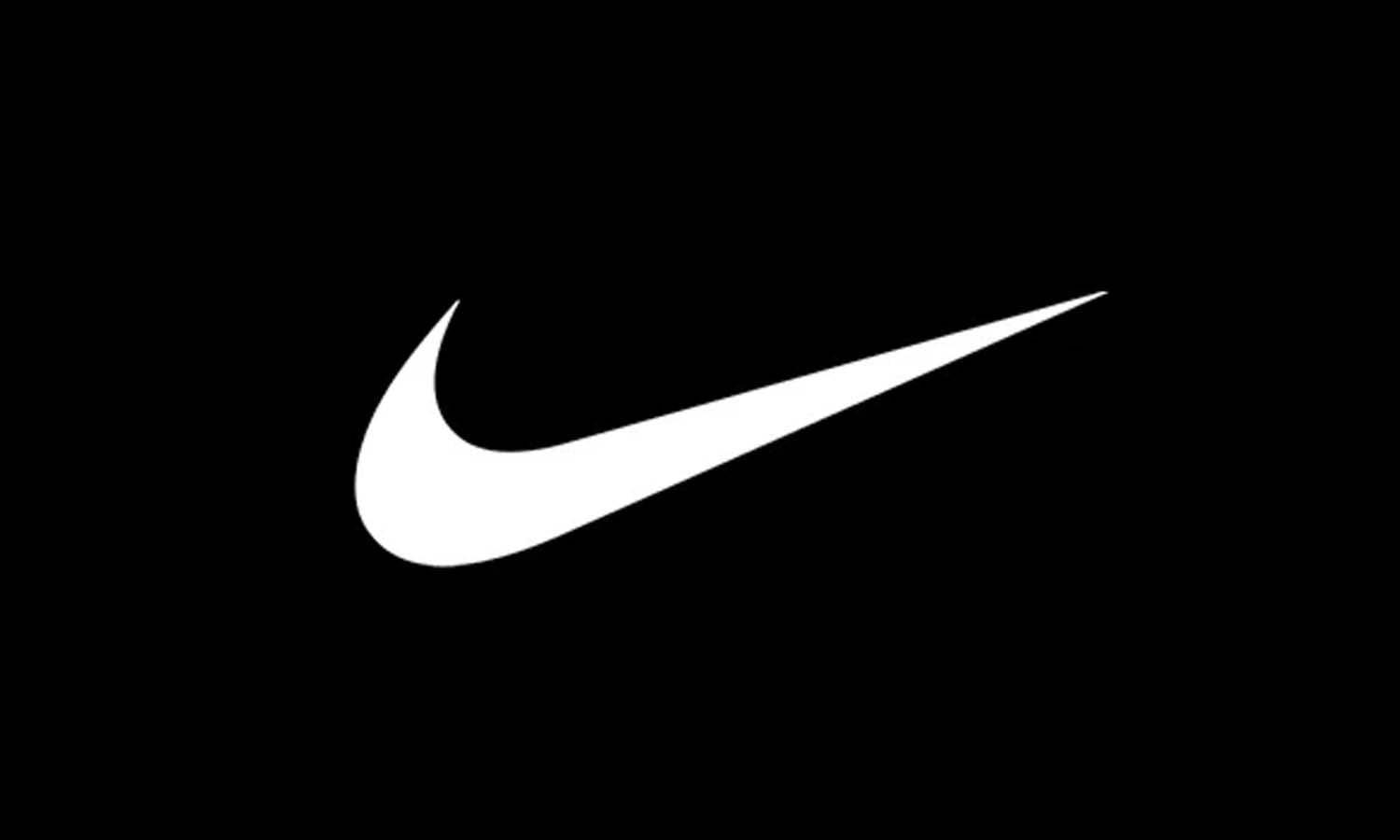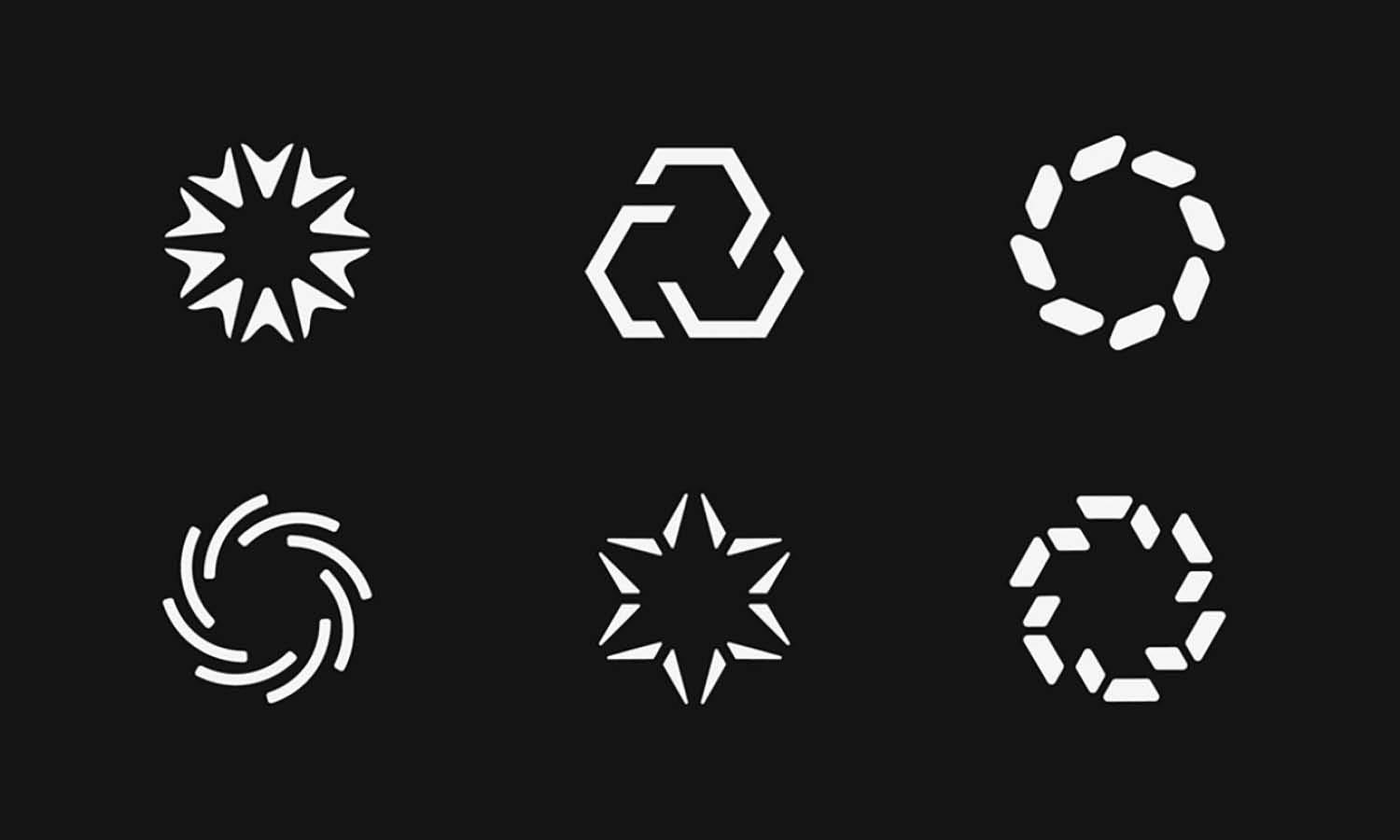The Great Unliking: Why Some Twitter Users Choose to Start Fresh

Users in Twitter's dynamic environment regularly build their social profiles through continuous online management. Online activities starting from bio development through follower selection work collectively to establish our digital identity. A lesser recognized element of personal content creation on Twitter consists of tweet liking activities. Public records build over time through small endorsement and affiliation actions. When users undertake the possibility to unlike all tweets it becomes quite a hard task.
The Digital Footprint and the Desire for Erasure
Our public profile contains all the purchased likes we distribute across tweets. Each like functions as either an agreement flag or means to show appreciation or serves as social confirmation. Active Twitter users develop detailed snapshots of their beliefs and interests alongside their changing identity through all the likes they choose during multiple years of platform usage.
The years of accruing social media endorsements from people who are now different from our current self often become incompatible with our current character. After lengthy intervals the approval of tweets from past years may generate feelings of embarrassment due to age failures and can cause discrepancies with today's personal stance. People develop an urge to start anew through this revision process which modifies historical online records and interactions.
Online data permanence concerns people at an increasing rate. Future employers along with acquaintances could use past social media posts as well as likes to assess personal background which future users of those accounts may also find significant. People choose to unlike their tweets from the past because they want to proactively control their digital history by resolving possible future misunderstanding or second thoughts. People now seek to start fresh because digital information tends to become detached from its origin or unexpectedly emerge in unexpected ways.
Motivations Behind the Mass Unlike
People have different reasons for conducting this form of social media deletion which stem from deep personal experiences. A key element behind mass unlikeness develops from natural changes within opinions and personal interests. Previous user preferences from a few years ago stop matching current preferences. The changes in their political standpoints or progression of humor sense and career directions may explain why users unlike content. An outdated self-image becomes visible when one leaves the internet with a series of out-dated likes to show.
The discovery of outdated likes which are deemed offensive or disreputable now functions as one of the strongest motivators to delete the content. Social trends and new perspectives create challenges for previous harmless or accepted views so today those things might be seen in a negative light. Professional users who take online reputation seriously can protect themselves by removing endorsements that might create unfavorable effects. Users building professional online presence as well as public figures need to implement this strategy.
Privacy-related factors help shape personal values about this practice. The fact that Twitter maintains public activities may drive certain users to recognize how much their online behavior gets monitored and assessed. Unlike everything serves as an attempt for users to regain ownership of their data and to make their preferences less accessible on the platform. A general movement of people strives to protect their personal space along with their digital privacy control.
Aesthetic appeal together with personal branding purposes serve as complete reasons for some users to unclick everything. Having a fresh start with no likes allows users to convey two things: their selective nature with social content or their restrained approach towards hasty social actions. Some users erase their Facebook likes to establish digital order in their profiles along with aesthetic decluttering. People obtain satisfaction by cleaning up their digital realm the same way others feel content from cleaning their physical rooms.
The Technicalities of Unliking En Masse
Individual users must spend huge amounts of time to unlike each tweet on Twitter for those who accumulated many likes throughout their history. The task of review and unlike operation on every post from years of past interaction becomes too impractical for most Twitter users to perform manually. Users require better Twitter management tools because the distribution limits have resulted in third-party application development.
Users can erase their previous tweets through the website TweetDelete by using this application. Such tools demonstrate the growing need for better overall management of Twitter history although their main function remains tweet deletion. Before using third-party tools to handle their Twitter data users should evaluate the privacy effects as well as service terms.
Implications and Considerations of a Clean Like Slate
Deciding to remove all tweets from your Twitter page requires serious consideration because it produces various effects on your account. The quickest result of this action creates a risk of damaged social relations. Your regular content consumers on Twitter might discover your previous endorsements vanish when they notice you unlike all of your past posts. Small changes might occur in the way relationships function among users but major conflicts are not likely to materialize from this event.
Many users access valuable information and reminders through their collection of past likes that would disappear with such an action. Users employ the like function to create digital bookmarks of important articles and bookmark interesting comments together with saving tweets that capture their interest. The mass unliking operation results in the loss of a personal archiving system which demands alternative solutions for saving and structuring online material.
The recent digital spring cleaning movement, highlighted by massive tweet unliking actions demonstrates people are becoming more mindful of their virtual profiles and their eagerness to govern them. Users actively pursue methods to control the digital stories they present through social media platforms while these platforms continuously develop.
Social Media Presence Demands Continual Navigation Through Its Constantly Changing Terrain
All individuals make the decision to unlike every tweet based on personal reasons and multiple specific factors. People must constantly balance digital information longevity against their evolving self-conceptualization. Social media users will increase their active participation in digital profile management techniques which match their changing lifestyle choices and ethical principles.
People will keep pursuing digital control through basic maintenance activities and thorough online history reorganization thus defining the social media landscape over multiple years.















